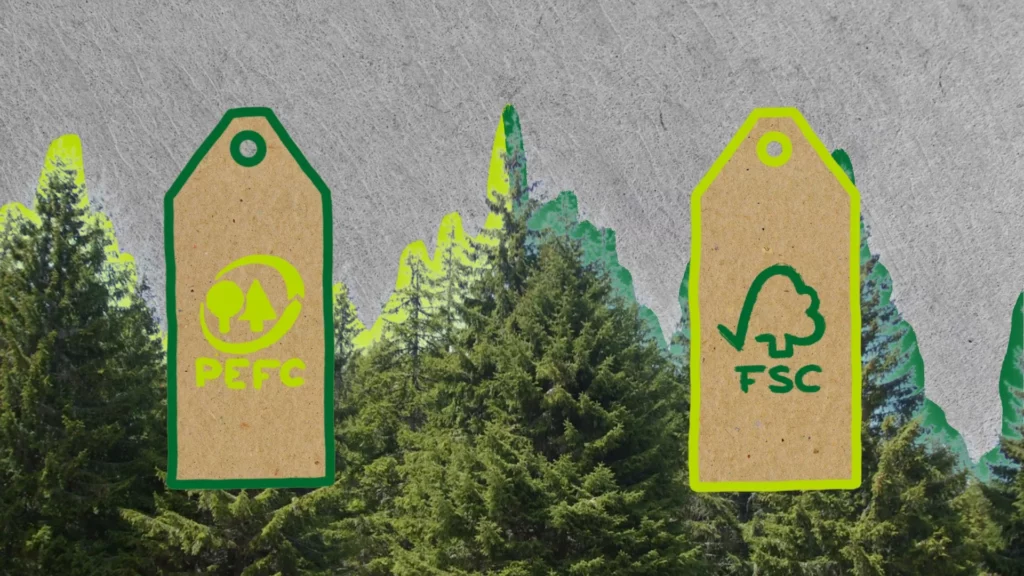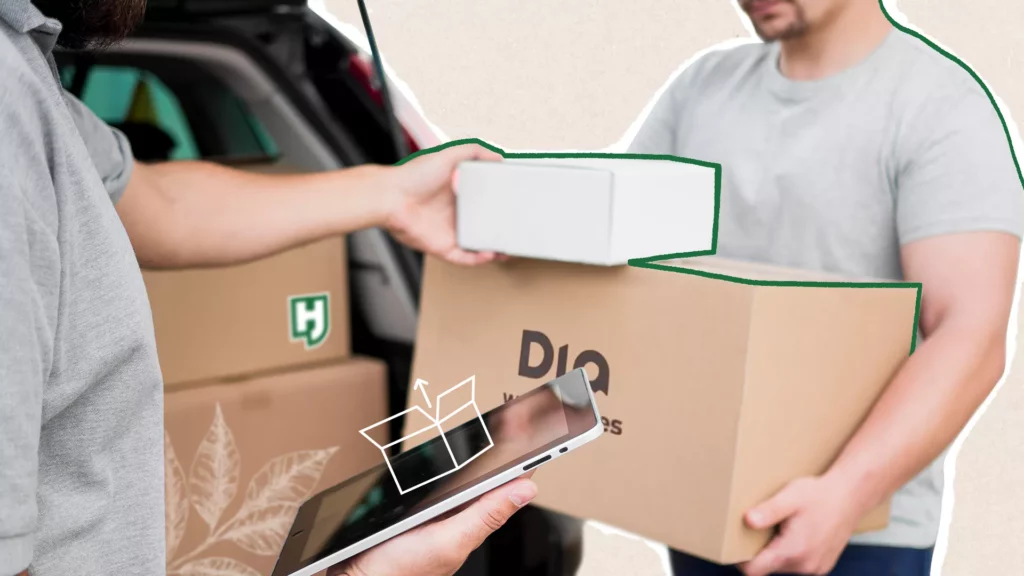Ancient China (c. 1st century A.D.): Chinese scribes invented paper from plant fibre waste, in other words: recycling. They used waste from fabric, silk, rice straw, hemp or cotton. From the second century, “modern” paper was made from cellulose fibres extracted from plants such as mulberry, ramie and, again, from old rags. Although not documented or dated exactly, given that the technique reached present-day Korea and Japan from China from the seventh century on, the recycling of paper must have also originated in this era.
The European Middle Ages: Although not exactly paper, the practice of palimpsest, which in Greek means “re-engraving”, has been used since the 7th century. In post-Roman Europe, the difficulty of importing Egyptian papyrus led to the re-use of parchment and other writing supports.
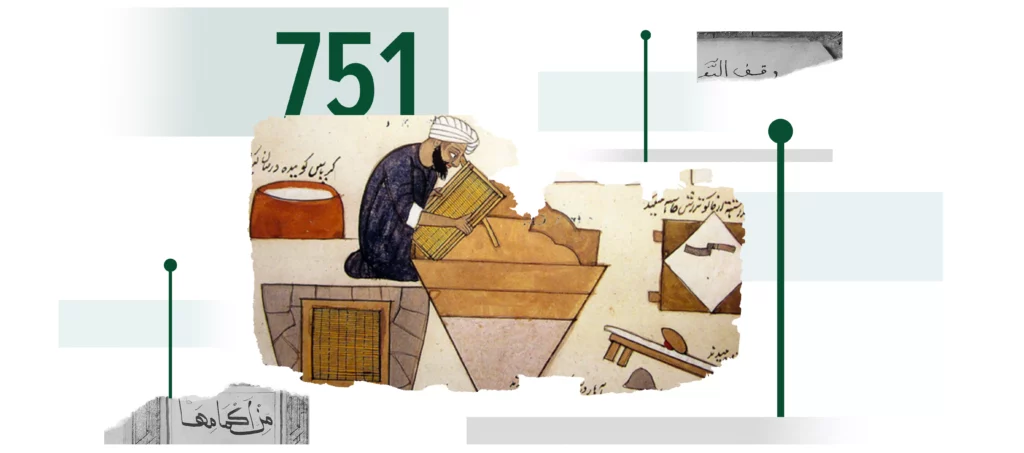
751: The Arab world discovered the technology of paper production, originating from China, and along with it, the recycling of fabrics and hemp materials to produce it.
1031: The creation of deposits to store paper and subsequently treat it for recycling are first documented in Japan. The shortage of plant fibres forced the Japanese to adopt techniques believed to have been imported from China. The ink present in the documents gave the recycled paper a characteristic grey tone.
1688: The first paper recycling plants emerged in England.
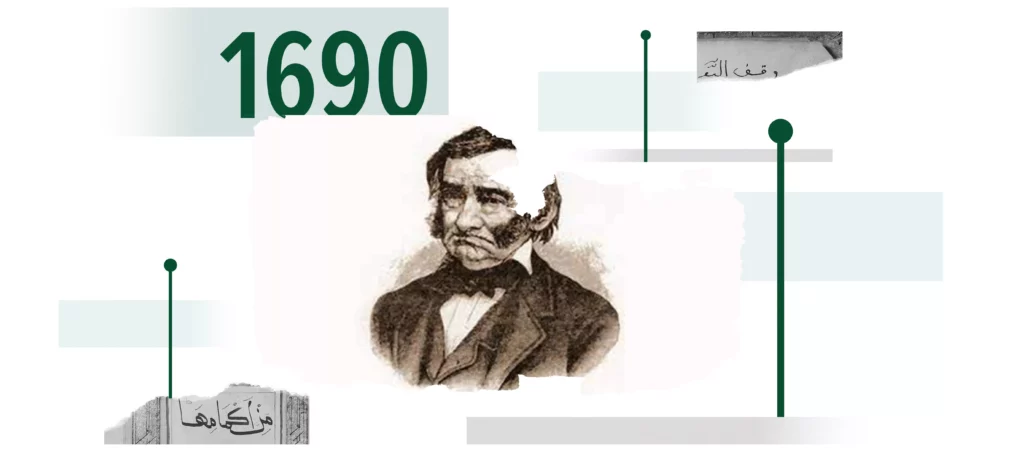
1690: In Germantown, Philadelphia, in the future United States, William Rittenhouse founded his first paper recycling plant, the only one to operate in America for at least 40 years. Recycled paper was made from rags and linen scraps.
1800: The British papermaker Matthias Koops patented a process for extracting ink from paper and converting the paper into pulp. This allowed the production of high-quality recycled paper from waste paper.
1860-1865: The Civil War imposed severe material restrictions on the fledgling United States of America and in both the North and the South, the recycling of plant fibres, especially flax, became necessary to make paper.
1874: Baltimore, in the US, created a system of differentiated containers for different types of waste and its treatment, including paper, for the first time.
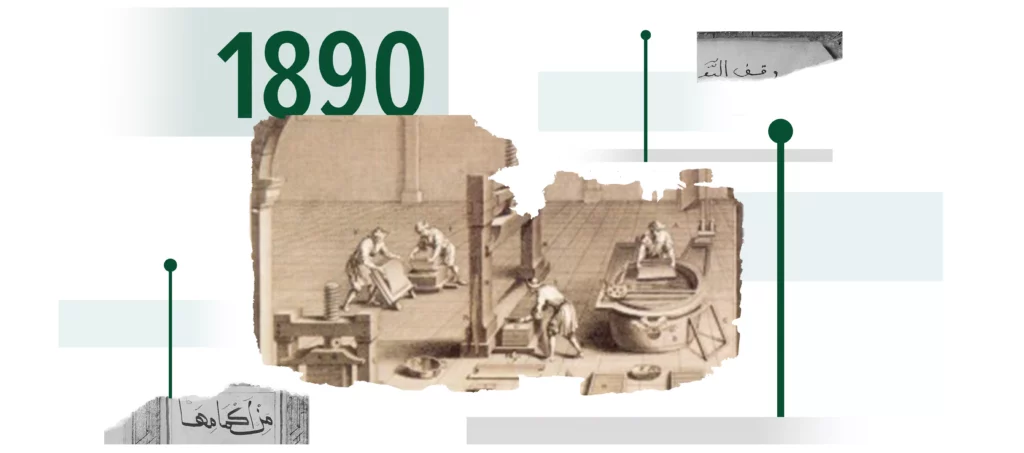
1890: The first cardboard box was marketed.
1897: New York saw its first recycling centre for materials, including paper, which was separated from metals, fabrics and other materials.
20th Century: The birth of the consumer society. In general, until this period, recycling and reusing is the “norm”, and the disposable culture began in the 20s and 30s and became widespread from the 1950s onwards in the United States and from there it spread to the rest of the world. It could be said that recycling, rather than a modern invention, is a custom and a human motivation that was put on hold for almost a century in certain societies.
1929: The Wall Street Crash and the global financial crisis led to an increase in the number of paper recycling plants in much of Europe and the United States as a means of saving on materials.
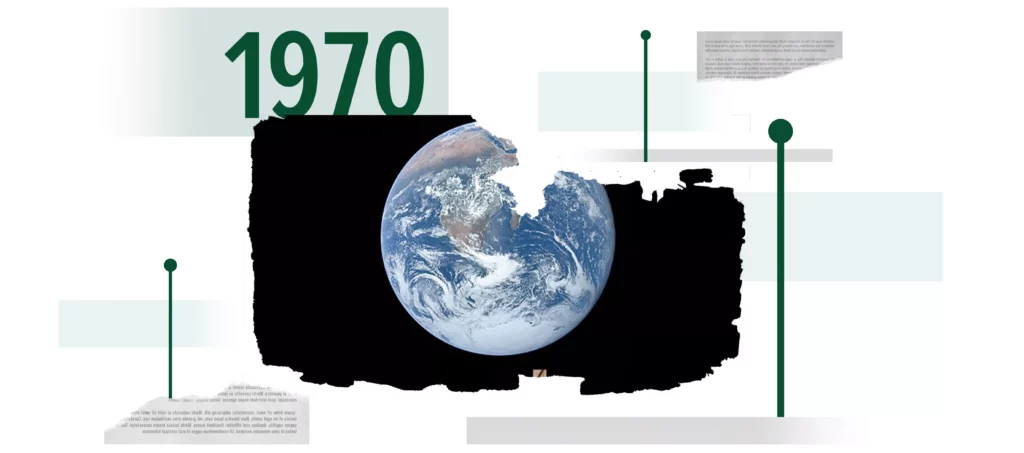
1970: The first Earth Day was declared on 22nd April, and the concept of modern recycling was born.
1982-1986: The first recycling plants in Spain and entrance into the European Union; thus our country had to adapt to European legislation.
1988: California legislated on consuming only paper that was at least 50% recycled. It was the first measure of its kind to be promoted by a government, even though it wasn’t a national government.
1993: The first year in which it was calculated that more tonnes of paper were recycled than disposed of in the United States.
1998: In Spain, the first differentiated containers emerged.
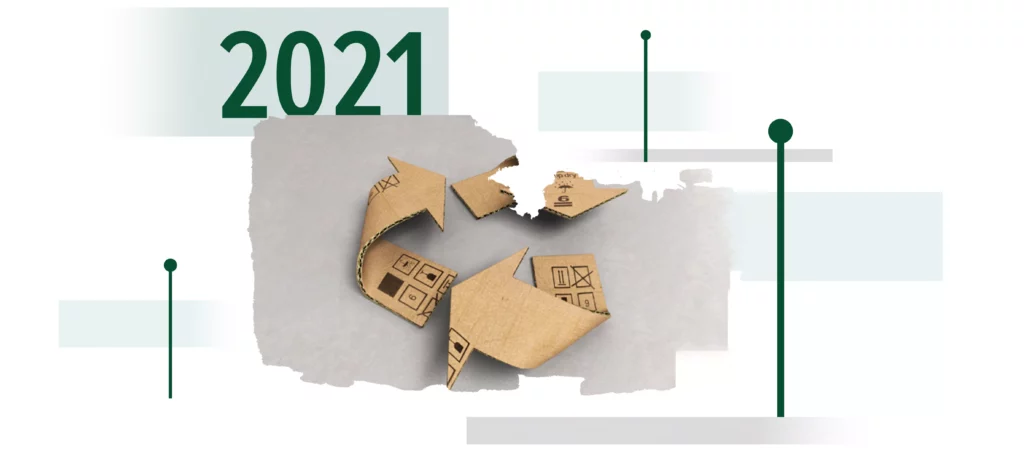
2021: Europe reached the milestone of consuming 71.4% recycled paper in one year.


